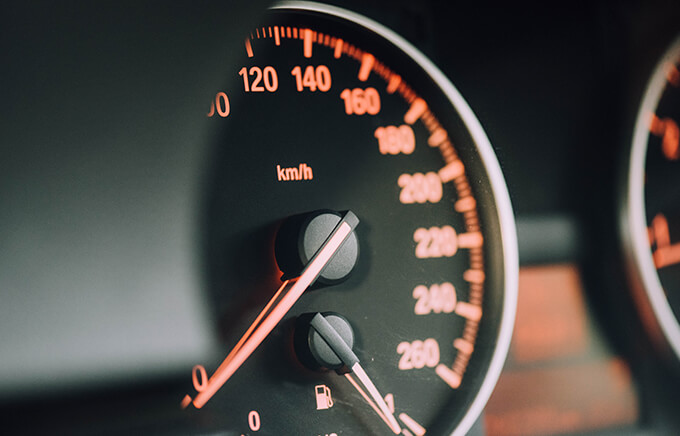There’s something timeless about the roar of a 1968 Porsche 911—the way its air-cooled flat-six engine sings, the curves of its bodywork, and the raw driving experience it delivers. But after decades on the road, many of these classics show their age. Rust creeps in, interiors fade, and engines lose their heartbeat.
That’s where the art of a full Porsche 911 restoration comes in. Whether you’re a passionate collector or a first-time restorer, bringing a vintage 911 back to life is more than mechanical work—it’s a journey of patience, precision, and passion.
In this guide, we’ll walk you step-by-step through the 1968 Porsche 911 restoration process—from assessing its condition, repairing bodywork, and rebuilding the flat-six engine, to restoring the interior and final road testing. You’ll also learn about costs, timelines, and whether restoring to factory specs or adding subtle upgrades makes the most sense for you.
Table of Contents
Assessing the Condition of a Classic Porsche 911
Every restoration begins with a thorough assessment. A 1968 Porsche 911 is more than 55 years old, and its history tells a story—sometimes through original parts, sometimes through mismatched replacements.
-
Body & Frame: Start with a structural check. Look for rust in critical areas like floor pans, wheel arches, and the suspension mounting points.
-
Parts Audit: Identify which components are original Porsche, which are aftermarket, and which need replacement.
-
Restoration Plan: Document everything—photos, notes, and cost estimates—to plan the rebuild efficiently.
This stage ensures you know what you’re working with before investing time and money.
Bodywork and Paint Restoration
The 911’s iconic silhouette deserves careful attention. Bodywork and paint are often the most labor-intensive parts of restoration.
-
Rust Repair: Cut out corroded sections and replace with high-quality panels to maintain structural integrity.
-
Panel Alignment: Ensure doors, hood, and trunk line up perfectly for that classic Porsche fit.
-
Paint Process: Strip, sand, prime, and repaint using Porsche-authentic finishes. Popular choices include Polo Red, Irish Green, and Bahama Yellow—factory-correct colors for 1968.
-
Trim & Chrome: Restore or source original bumpers, window trim, and badges.
A flawless paint job not only restores beauty but also preserves long-term value.

Engine and Mechanical Overhaul
The beating heart of a 1968 Porsche 911 is its air-cooled flat-six engine. Restoring it requires precision and often professional expertise.
-
Engine Rebuild: Tear down the flat-six, replace worn pistons, seals, and bearings, and rebuild to factory specs.
-
Transmission & Suspension: Overhaul the gearbox, refresh bushings, shocks, and steering for sharp handling.
-
Braking System: Upgrade or restore brakes for safety without sacrificing authenticity.
-
Subtle Upgrades: Many restorers add period-correct performance parts for reliability while keeping the car true to its heritage.
This stage brings back the unmistakable driving dynamics that made the 911 legendary.
Interior and Final Details
The interior is where the driver connects with the machine. Restoring it ensures the car feels as good as it looks.
-
Upholstery: Repair or replace leather seats, carpeting, and headliner with period-correct materials.
-
Dashboard & Gauges: Restore or refurbish original VDO instruments and steering wheel.
-
Electrical System: Rewire aging harnesses and restore lighting for both safety and authenticity.
-
Final Touches: Install original radios, knobs, and trim pieces to match Porsche’s factory finish.
Once complete, the car undergoes final tuning and road testing, ensuring it performs as beautifully as it looks. Some restorers even seek Porsche Classic certification to authenticate their work.
FAQs about 1968 Porsche 911 Restoration
1. How much does a 1968 Porsche 911 restoration cost?
A full restoration typically ranges from $100,000–$250,000, depending on condition, rarity of parts, and restoration level (driver-quality vs. concours).
2. How long does a Porsche 911 restoration take?
Expect 12–24 months, depending on parts availability and the level of detail.
3. Should I restore my Porsche 911 to factory specifications or modify it?
Collectors prefer factory-original restorations for maximum value, but tasteful upgrades can improve drivability.
4. Where can I buy authentic 1968 Porsche 911 parts?
Look to Porsche Classic dealers, specialty suppliers, and vintage auctions for OEM parts.
5. Does restoring a Porsche 911 increase its value?
Yes. A well-documented restoration—especially concours-level—can significantly increase market value.
Conclusion
Restoring a 1968 Porsche 911 is more than a project—it’s a revival of history, craftsmanship, and passion. From rust repair and paint to engine rebuilding and interior detailing, every step brings you closer to reliving the golden age of Porsche engineering.
Whether you aim for a concours-perfect build or a weekend driver, one thing is certain: the restoration journey is as rewarding as the first drive when it’s complete.
Are you restoring a classic Porsche? Share your story in the comments—or reach out if you’d like expert guidance on sourcing parts, planning your build, or showcasing your finished 911.
